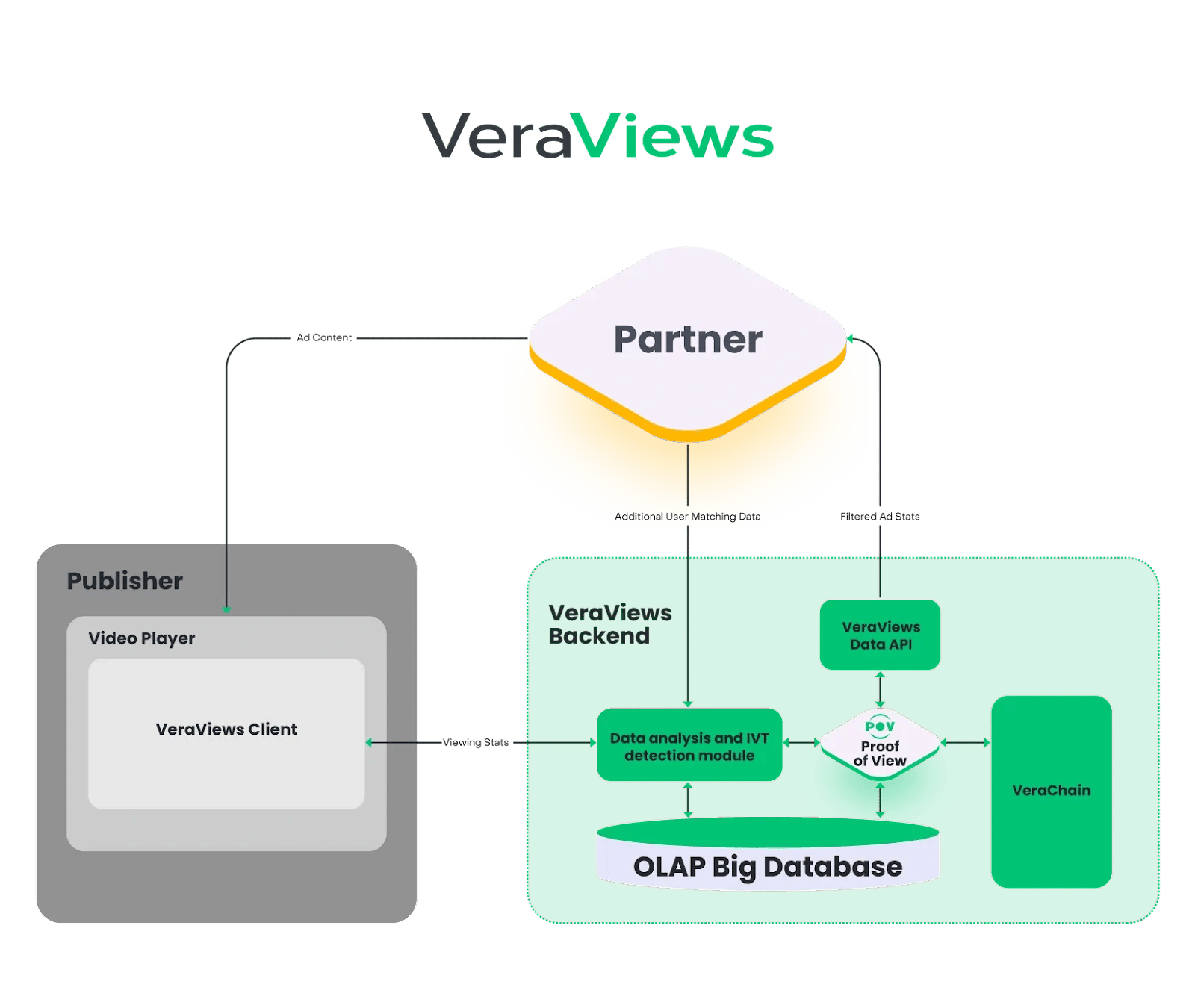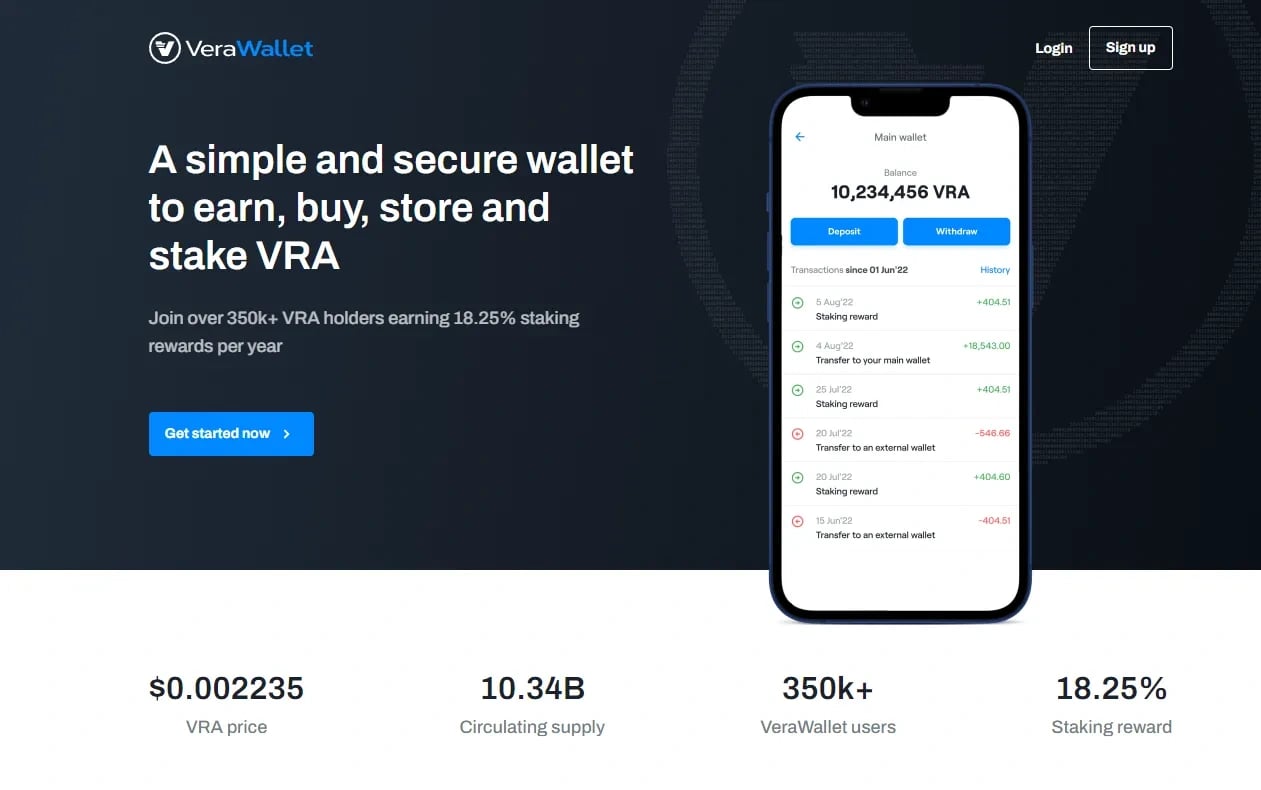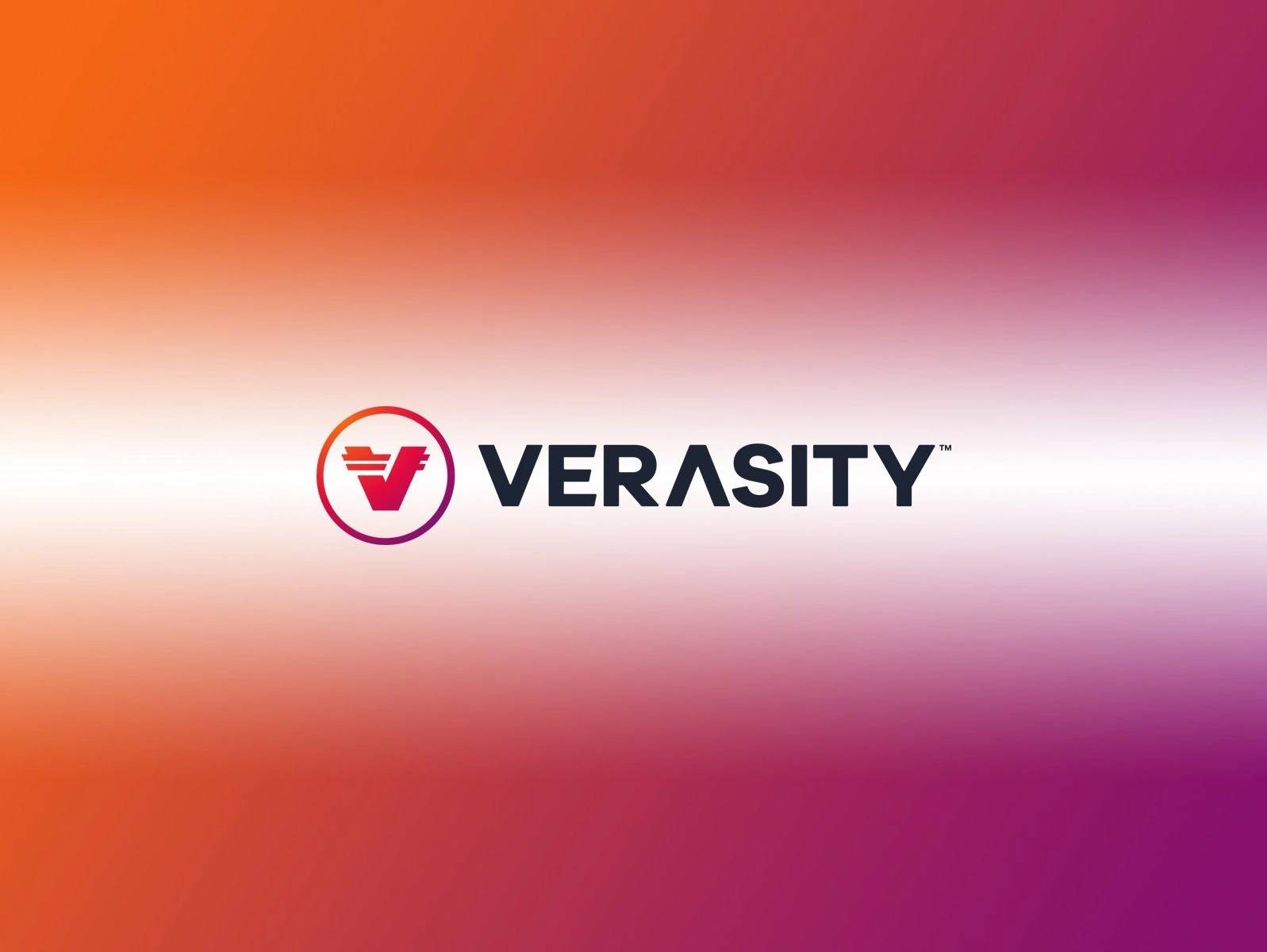订阅 wiki
Share wiki
Bookmark
Verasity
Verasity
Verasity 是一家技术公司,提供由 区块链 和人工智能驱动的广告基础设施,旨在打击数字广告行业的广告欺诈。该项目旨在通过一套获得专利的技术,为品牌、发布商和观看者创建一个更透明和值得信赖的广告供应链。 [3]
概述
Verasity 是一个基于 区块链 的项目,成立于 2017 年,并于 2018 年正式成立,专注于减少数字广告中广告欺诈造成的损失。其核心系统 Proof of View (PoV) 集成了 区块链、人工智能和机器学习,以验证广告展示是否来自真实用户而非自动化流量。这项技术使广告商能够访问有关广告系列效果的可验证数据,同时为发布商提供对无效流量的透明洞察。通过应用这些工具,该项目旨在提高整个广告供应链的问责制和衡量标准。
该生态系统围绕其原生 实用代币 VRA 运行,包括 VeraViews 广告堆栈(用于广告运营)和 VeraWallet(用于代币存储和管理)等产品。Verasity 还已申请并获得了涵盖 PoV、奖励视频格式和支持其平台的相关技术的专利。这些组件构成了旨在为广告和数字内容提供可追溯和可审计解决方案的系统的基础。 [3]
产品
VeraViews

VeraViews 是 Verasity 的综合广告堆栈,其中包括一个开放账本视频广告生态系统、一个广告交易平台和一个供应方平台 (SSP)。该平台是部署该公司获得专利的 Proof of View 技术的主要工具。它旨在为广告商和发布商提供工具,以开展广告活动,从而降低欺诈流量的风险。该系统旨在提供透明且可审计的数据,使品牌能够验证是否是真正的人类用户在观看他们的广告。在一次重大扩张中,VeraViews 于 2025 年 6 月 2 日在阿拉伯联合酋长国推出了首个本土广告交易平台和 SSP。这项举措是在阿联酋经济部的 NextGenFDI 计划下启动的,使 VeraViews 能够为安全且无欺诈的广告树立新的区域标准。 [3] [6]
VeraWallet

VeraWallet 是 Verasity 原生代币 VRA 的官方非托管数字钱包。它是生态系统的核心组件,允许用户购买、存储、管理和质押他们的 VRA 代币。该钱包的设计具有安全功能,包括 冷存储 以保护用户资产。VeraWallet 的一个关键特性是其双网络功能,支持 以太坊 (ERC-20) 和 BNB 智能链 (BEP-20) 网络上的 VRA 代币。这为用户提供了更大的灵活性和两个主要 区块链 生态系统之间的互操作性,同时保持单一的统一余额,并在所有链上提供一致的 质押 奖励。 [3] [6]
VeraCard 和 VeraPay
为了扩展其 VRA 代币在广告生态系统之外的实用性,Verasity 正在开发一套支付解决方案。VeraCard 是一张实体借记卡,使用户能够使用他们的 VRA 持有量进行在线和店内购物。与该卡相辅相成的是 VeraPay,这是一款支付应用程序,旨在促进使用 VRA 作为其主要 实用代币 的交易。这些产品旨在弥合数字资产生态系统和传统金融之间的差距,从而为 VRA 代币创造更多现实世界的用例。 [2] [6]
VeraAds
VeraAds 是 Verasity 推出的一项广告服务,旨在将 Web3 发布商和公司集成到其 VeraViews 平台中。该计划旨在帮助 区块链、Web3 和 元宇宙 领域的数字发布商通过程序化广告(这些领域中未得到充分利用的收入渠道)来货币化视频库存。通过这样做,它旨在将新兴技术平台与已建立的广告市场联系起来。
该服务由一个团队提供支持,该团队结合了广告和 区块链 方面的专业知识,以弥合传统营销和 Web3 营销之间的差距。VeraAds 还增加了 Verasity 原生代币 VRA 的实用性,因为它可以用于资助生态系统内的广告系列。通过这种模式,该项目旨在扩展其发布商网络,扩大其客户群,并适应新兴领域,例如元宇宙广告。 [5]
特点
Proof of View (PoV)
Proof of View 是 Verasity 获得专利的专有欺诈识别技术,是其平台的核心功能。PoV 模块旨在区分视频广告的人工流量和机器人流量,旨在提供准确且可验证的受众指标。它利用开放账本后端将广告数据透明地存储在链上,使其可审计且不可变。该系统实时分析观看者行为,以检测和防止广告欺诈,确保仅计算和记录真实的人工观看次数。该技术构成了 VeraViews 广告堆栈的基础,并受到多项专利的保护。 [3]
广告欺诈预防套件
Verasity 更广泛的广告欺诈预防功能通过 VeraViews 平台提供,该平台包含 13 个不同的组件。该套件将核心 PoV 模块与先进的人工智能 (AI) 和机器学习 (ML) 技术集成在一起。这些系统协同工作,分析大量数据,识别可疑的流量模式,并在无效流量 (IVT) 影响广告系列指标之前将其过滤掉。该综合套件的目标是提供强大的广告欺诈防御,从而提高所有参与者的数字广告价值和有效性。 [1] [2]
奖励视频
Verasity 的专利涵盖了一种“奖励视频”系统,这是一种视频格式,用户可以通过观看视频(可能包括广告)来获得奖励,例如游戏内货币、额外生命或应用程序福利。这种格式旨在通过向用户提供有形价值来激励参与,并且奖励通常在视频完成后自动交付。奖励视频通常很短、非侵入性,有时可以在用户继续使用应用程序或游戏时播放。
这种格式广泛用于手机游戏以及音乐流媒体服务或健身平台等应用程序中,以授予对高级功能或内容的访问权限。它可以提高用户参与度,并为开发人员提供额外的收入来源。 [4]
架构
Verasity 的架构是一种混合模型,它将专有模块与 区块链 技术、人工智能 (AI) 和机器学习 (ML) 相结合。其广告技术堆栈的核心是获得专利的 Proof of View (PoV) 系统。该架构的 区块链 组件用于为记录广告系列数据创建开放账本后端。这确保了所有相关方都可以透明、不可变且可审计地访问数据。
人工智能和机器学习技术用于实时分析观看者行为和流量模式。这些系统对于平台检测和预防复杂形式的广告欺诈(这些欺诈可能无法通过简单的指标分析来发现)的能力至关重要。VeraViews 平台在其 13 个不同的模块中 跨 集成了这些技术,以提供针对欺诈活动的多层防御。该项目的原生代币 VRA 是多链的,作为 以太坊 区块链 上的 ERC-20 代币和 BNB 智能链 上的 BEP-20 代币存在。这种双链架构为用户提供了更低的交易费用和更快的处理时间的选择,同时保持了单一的统一代币供应和钱包余额。 [3] [6]
VRA
Verasity 的生态系统以其原生代币 VRA 为中心,VRA 支撑着其产品的支付和实用性。2023 年,该项目对其代币结构进行了重大更改,首先是在大规模社区咨询后从其战略储备中销毁了 100 亿个代币。这一决定减少了总体供应量,并标志着向更社区驱动的方法的转变。此外,Verasity 宣布计划将先前为数据流通保留的 900 亿个代币迁移到新的 区块链 环境,以解决 代币经济学 效率低下问题,并更好地与项目的运营需求保持一致。
除了这些变化之外,Verasity 还推出了 Proof of View (PoV) 作为独立代币,在与 VRA 不同的合约上运行。PoV 旨在支持分布式内容交付、去中心化数据存储以及通过机器学习和分布式计算进行欺诈检测等功能。它还支撑着一个市场,外部应用程序可以使用该技术进行可验证的数据存储。双代币模型分离了 VRA 和 PoV 的角色:VRA 继续充当广告系列和 质押 的支付和 实用代币,而 PoV 则为运营流程提供支持并提供额外的激励。这种结构旨在增强功能、提高效率并在整个生态系统中分配价值。 [7] [8]
合作伙伴
- 阿联酋经济部
- Carbon 浏览器
- Brightcove
- 亚马逊广告合作伙伴计划
- DAMEX
发现错误了吗?
